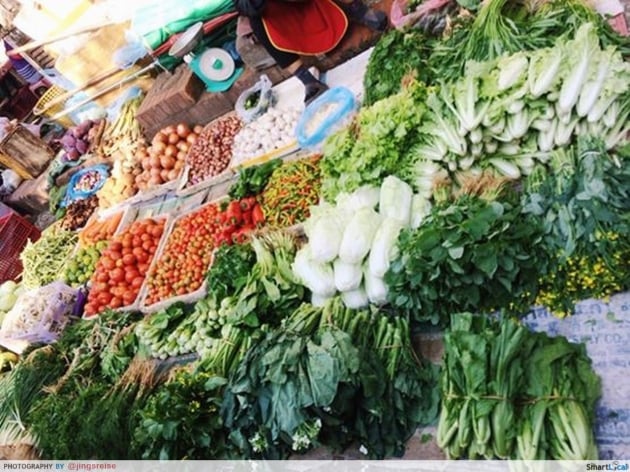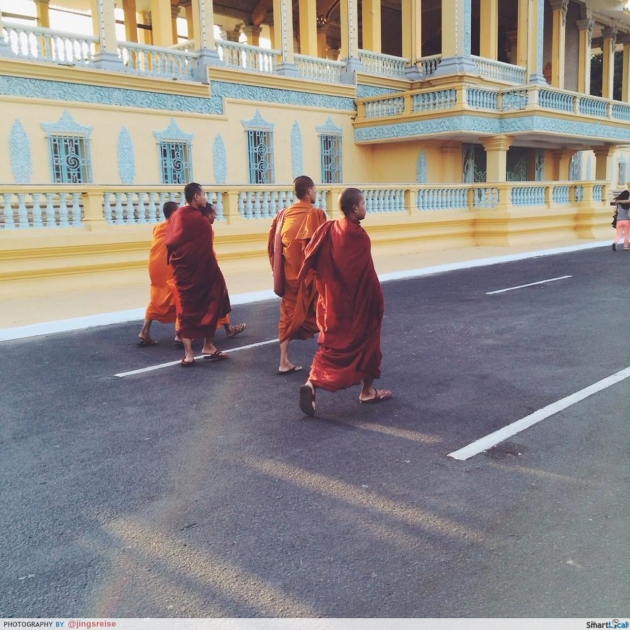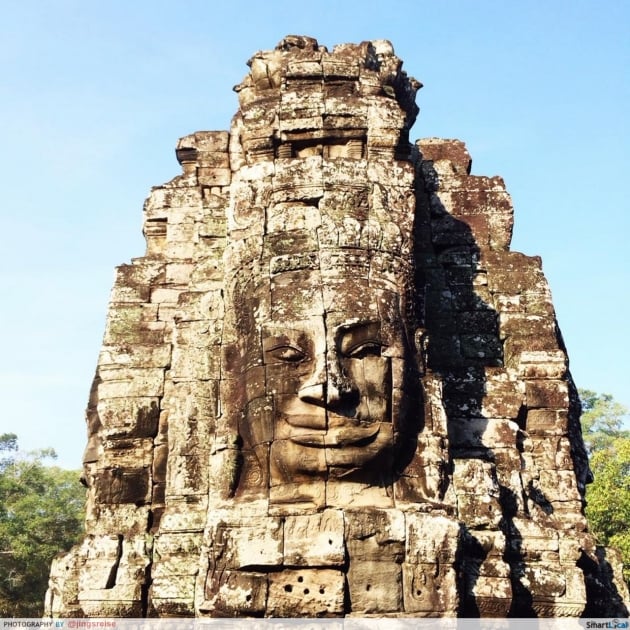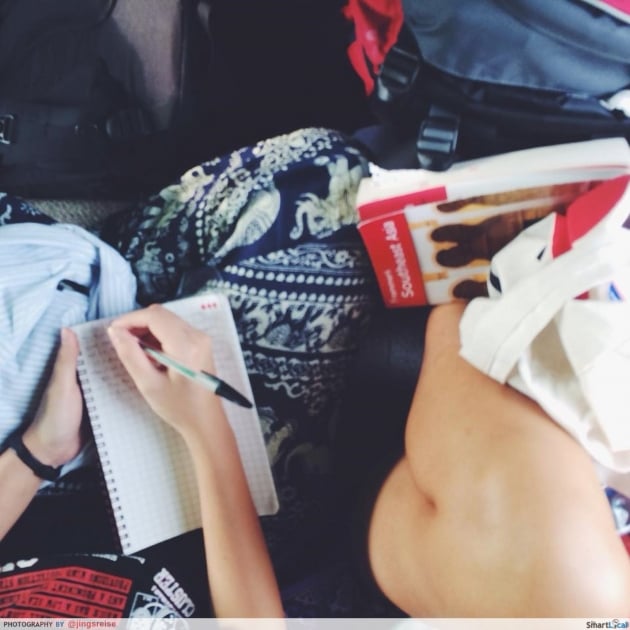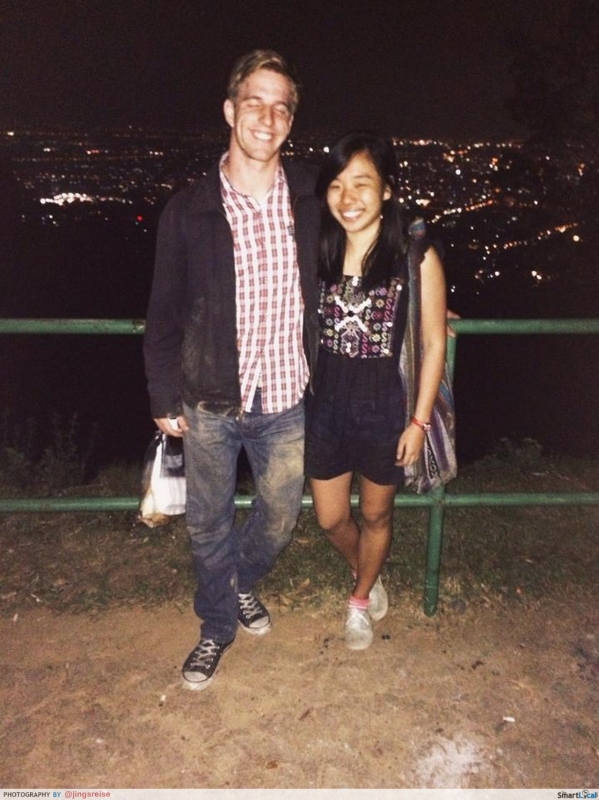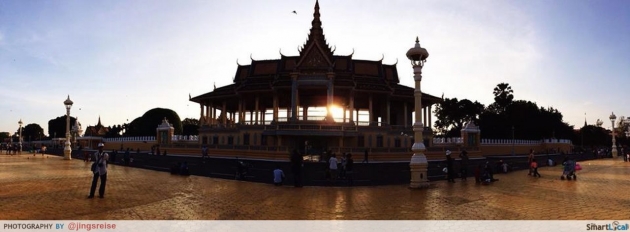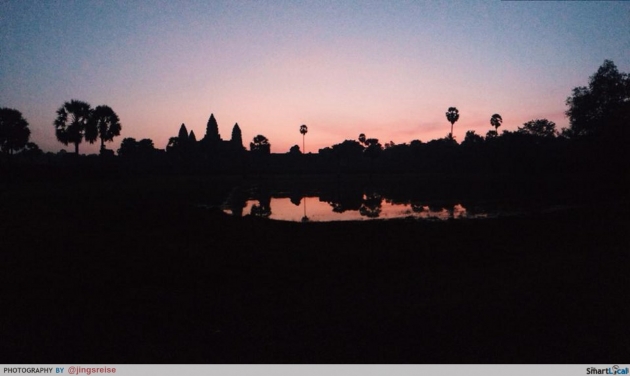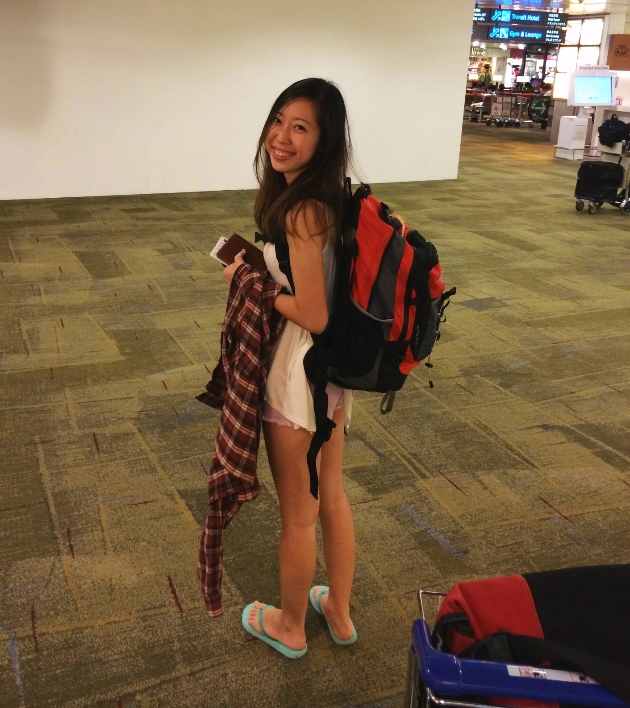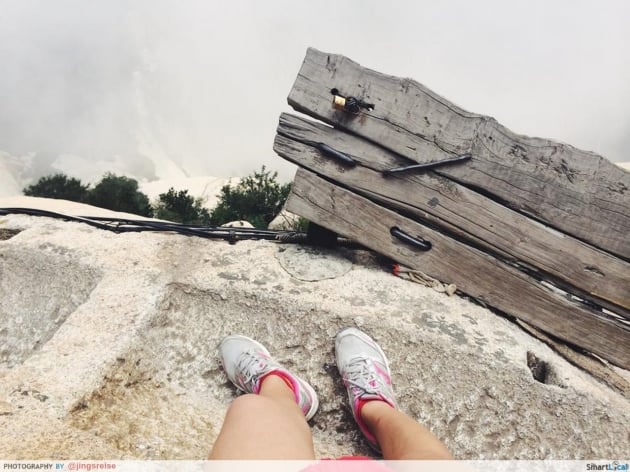My first backpacking trip around Southeast Asia
Last winter, I bought a one way ticket and spent 6 weeks travelling overland through Vietnam, Laos, Thailand and Cambodia. In this article, I will share with you the things I discovered and wish I knew before embarking on my backpacking journey.
Southeast Asia is a well-worn backpackers’ circuit that many travellers flock to each year – a finite place with infinite surprises everywhere. Backpacking means ignoring the lofty abstracts of reality back home and dealing only with tangible problems. How much should I spend on lunch? When will I leave this city? What is this person trying to sell me?
Though I got the ropes of travelling around this region after a while, it was still stressful at times. Backpacking allows you to travel at your own pace. Navigating similar hectic-ruleless roads everyday, I felt at peace. Each city in South East Asia has its own unique identity and I never felt the pressure to rush off anywhere.
But no matter how much I’ve travelled, it’s still difficult to accurately gauge or plan ahead for what’s needed on the trip. But there is no such thing as a bad adventure. The most important thing to bring with you is an open-mind and a level of preparedness. And I hope this list will help you with the latter.
1. Take overnight buses or trains whenever possible
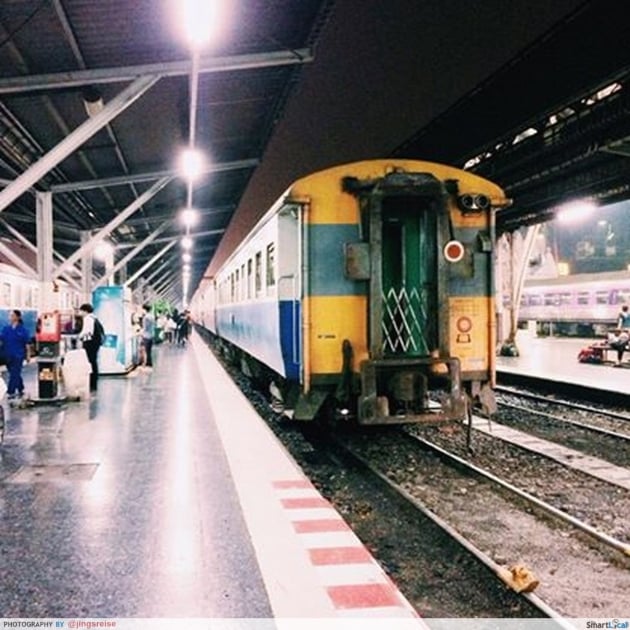
My first overnight train ride.
Southeast Asia is region well-known for its cheap overland travels via trains and buses. Taking overnight buses and trains throughout Southeast Asia is generally safe and also, one of the cheaper alternatives.
You can drop at any station that interests you. However, try to take overnight transport as it saves more time; and money in the long run. You will not waste your supposed day-travelling time stuck on the train with a sore bottom and your accommodation for the night is sorted.
2. Overland travels take longer than expected
Though I can half-guarantee the safety of overland travels in Southeast Asia, I can’t promise the time spent travelling will be accurate. My supposed 20 hours bus ride from Luang Prabang to Hanoi turned into a 28 hours ride; and 28 hours land travel from Siem Reap to Vientiane turned into 40 hours.
Be prepared. Overland travels take longer than expected.
3. Bring along sleeping bags
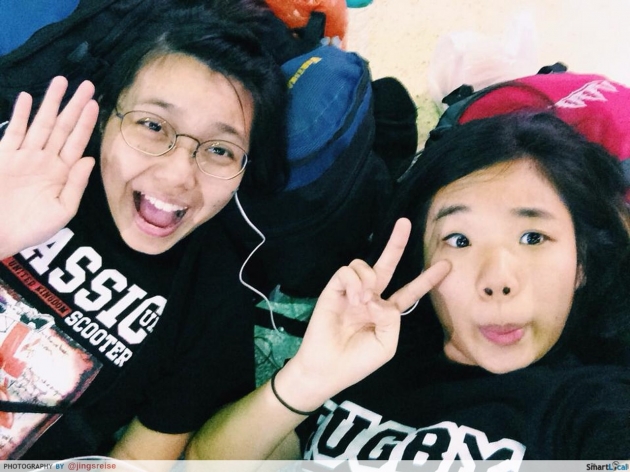 Napping on the train station’s floor in our sleeping bags.
Napping on the train station’s floor in our sleeping bags.
You would be thankful for this odd shaped object you hate at the start of the trip. Sometimes, you just want to nap on the floor of train stations or if the hostel bedding pales in comparison to your hygiene standards, the sleeping bag is your safest bet. It also keeps you warm on long bus rides.
4. Pack dry food
This is going to be your best friend. You can pack and reseal your dry food if you can’t finish it and it’s always handy for long overland travels with no stalls on the trains or buses. You also won’t have to worry you will be starving when you have no local currency on you.
5. Lessen fibrous food intake
In some situations, you should forget your nutritionists’ advice on 2 servings of fruits and 2 servings of vegetables. You want to be in the moment embracing beautiful sunsets and iconic attractions instead of beating Usain Bolt’s sprint timing to the toilet.
6. Bring classic medication
Being sick is the last thing you want on the trip, but it’s not something that can be always avoided. Sanitation and physical fatigue are not within your control. Be prepared for the unexpected. Pack insect repellent, paracetamol and charcoal pills. You will need that last one a lot.
7. Pack Habitual necessities
Pack tampons. Pack condoms. Habits and sizes don’t change immediately when you’re away from home.
8. Eat whatever you want
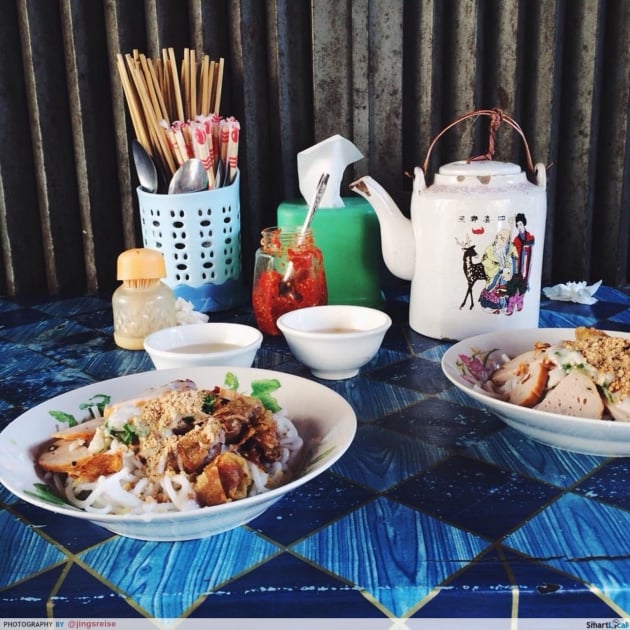 Road side stall @ Phnom Pehn
Road side stall @ Phnom Pehn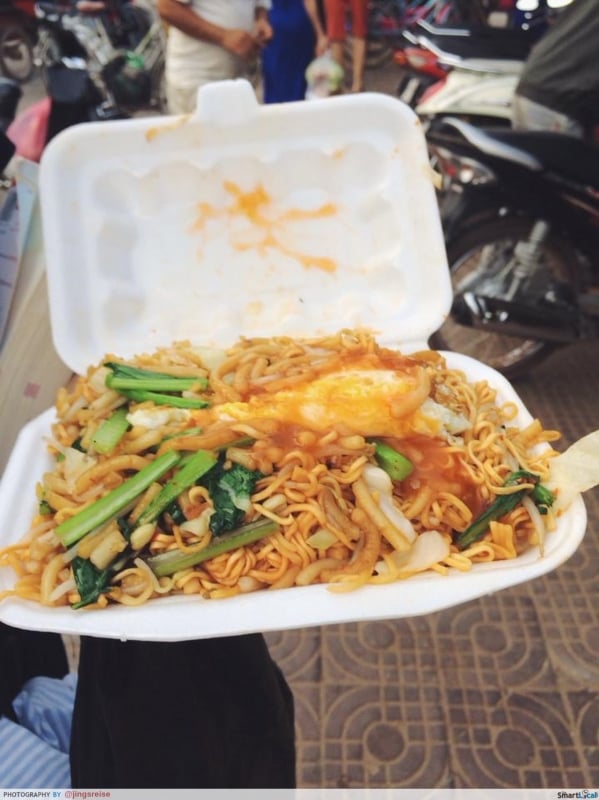 Street Food @ Siem Reap
Street Food @ Siem Reap
The best food are those by the road side. Eat from a restaurant or road side. If you’re not well or used to the level of sanitation, either way, you’re going to be diarrhoea-ing your way throughout.
9. Know how to use squat toilets
All of you used to seated toilet bowls, start training your quads in the gym. Most toilets in Southeast Asia still use the traditional squat toilet; a hole in the floor. Hope this won’t be too much of a culture shock for you.
10. Be careful with hand gestures, not everything is universal
If you think that hand gestures will save you from language-barrier embarrassments, don’t. Your hand gestures may actually be something disrespectful in someone else’s culture. Don’t be a trashy tourist.
I learnt it the hard way. I was calling for the bill the Singaporean way but instead, leaving the eatery with judgmental eyes on me.
11. Use the local language
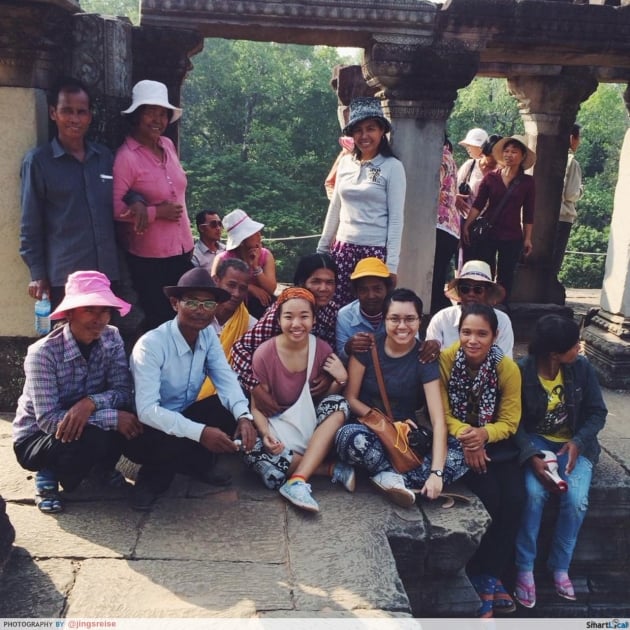 We were asked for a photo by the locals!
We were asked for a photo by the locals!
You will get more patience and endearment from the locals if you use their language; even if it’s just telling them you want rice.
12. Respect people and their culture
Not knowing someone else’s culture is not an excuse to not subscribe to their norms. Do your own research or ask about the cultural norms of the place.
Respect is a two way street. Although the Tuk Tuk touts can dampen your mood sometimes, remember, they are just trying to earn a living. A “no” with a smile is sufficient; you don’t have to be unnecessarily rude to them.
13. Don’t take your history lessons so seriously
As a history student, I always get excited when I visit places I study about. However, know how school textbooks always subscribe to general schools of thought. You should NEVER ever raise controversial political questions for the locals to answer.
Also, never impose your pre-conceived ideas about their culture and practises. Be open to what they share with you even if it’s the complete opposite of what you’ve learnt.
14. Have local currencies and spare US dollars
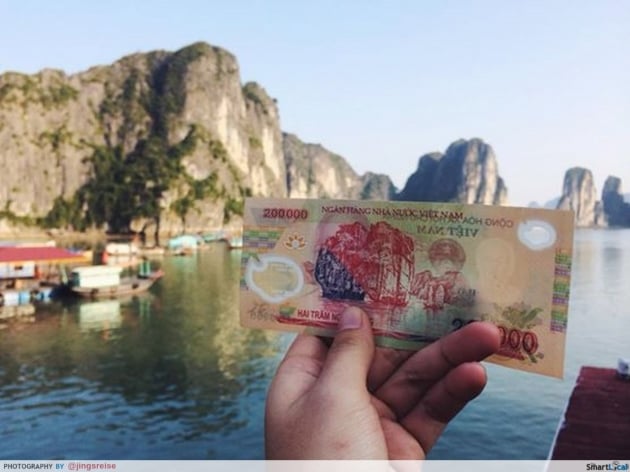 Vietnam Dong’s landform against the real Halong Bay’s landform
Vietnam Dong’s landform against the real Halong Bay’s landform
As much as guidebooks tell you that all Southeast Asian countries accept American Dollars, it is only in Cambodia where there’s an official monetary system. I had problems in Laos and Vietnam, so local currencies will be the most ideal.
However, you should change your home currency to American dollars to keep as spare cash.
15. Call your bank before you fly
If you’re skeptical about carrying too much cash with you, remember to call your banks to activate your cards for overseas withdrawal before you take off.
16. Learn how to use offline Google Maps and literal hard copy maps
Here’s one good hack for the road. I don’t usually buy local SIM cards when I travel so getting to places can be a challenge when they are not iconic sites.
Load offline Google Maps of the places you want to go when you have wifi and know the routes there. Google Maps loads the details of the city when you’re online and you can save up to 6 offline maps.
But if all online and offline maps fail, it is always good to know how to read hardcopy maps. You don’t have to be a geographer, but know how to navigate the different smaller lanes from big main roads.
17. Be flexible with your planning
Due to delays or unexpected problems, we were constantly re-routing. While it is advisable to plan ahead, be flexible and do not be panicky when you have to change your plans. Be prepared to be constantly work around the amount of time and money you have.
18. Know your geography and travel routes well
That being said, know your geography and possible overland routes well. It will help you so much in planning your route. Although on the world map Laos shares a 2130 kilometers border with Vietnam, Phonsavan is the only city that you can get to Vietnam from Laos, and vice versa.
19. Feel free to skip “mandatory” tourist attractions
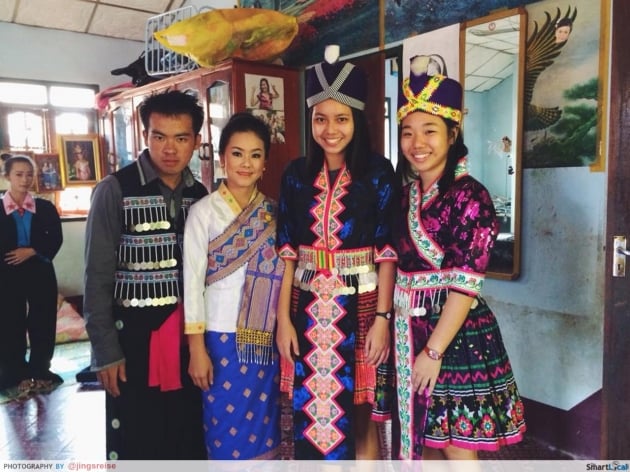 Dressed up for Hmong’s New Year
Dressed up for Hmong’s New Year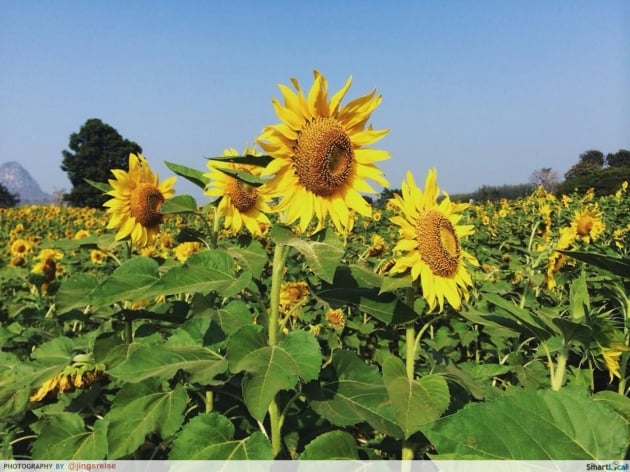 Lopburi Sunflower Fields
Lopburi Sunflower Fields
Cheap clubs and Elephant camps in Thailand, Vang Vieng’s Tubing in Laos, Pub Crawling in Cambodia. If such do not interest you, skip them. They may be all over guidebooks or considered ‘must dos’, but you should not do them just for the sake of it.
I skipped all of these because travelling to me is more than just snapping photos of iconic structures and getting drunk. I took the off beaten track and joined locals in their events.
20. DO NOT bring too worn out stuff
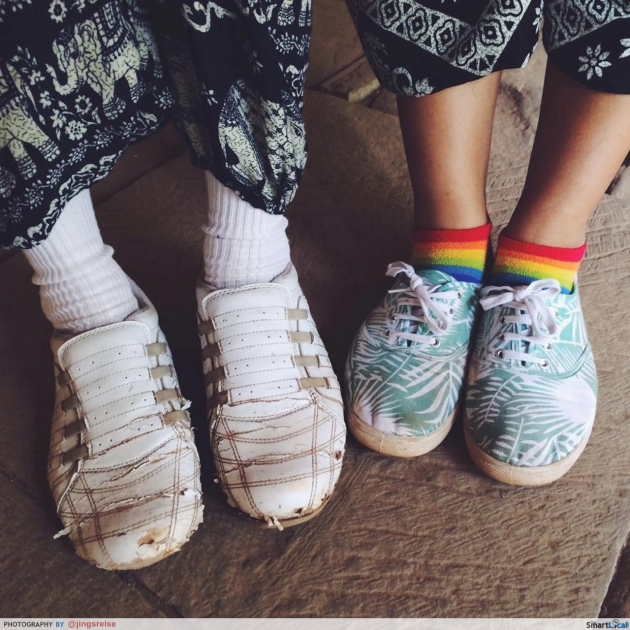 The pair of shoes on the left did not survive
The pair of shoes on the left did not survive
I did not want to use my fancier things for backpacking, so I brought my more weathered items so I could throw them away when I was done with the trip. This idea gave me more problems. Things started falling apart and I had to spend more, and got ripped off in some cities.
My hand carry did not last more than 1 week.
21. Set a budget everyday
The low cost of living is one of the main reasons Southeast Asia is a popular destination for backpacking. Most things are so affordable yet exquisite enough to make you want to pack everything into your backpack. But do remember, every cent counts.
Set your budget low every morning and stick to it. This will ensure you do not overspend and end up having to cut your trip short.
22. Almost everything is negotiable
The costs of most things in Southeast Asia are cheap, but they can be even cheaper. Thicken your skin and bargain for everything. Every cent counts. A dollar off is a dollar more for something else.
23. Make electronic copies of important documents
For your convenience and safety reasons.
24. Bring one set of fancy clothes and covered shoes
No, backpacking is not all about looking bad and being dirty. There are instances where you will need fancy clothes and covered shoes. You don’t have to pack your prom dress along, a sun dress would do the job.
25. Settle your first night of accommodation in a new city
Guest house at Phonsavan Bus Terminal
I learnt this the hard way. Imagine the predicament I was in when my Couchsurfing host ditched my friend and I. It was midnight and we had nowhere to go.
Make sure you settle your first night of accommodation when going to a new city. On top of that, have their contact number and address ready at your disposal.
26. Staying cool when things go wrong
These will be desperate times where you’ve got to “keep calm and ____”. I nearly got raped when I was at the toilet but keep your cool; THINK of solutions.
27. Take sufficient photos
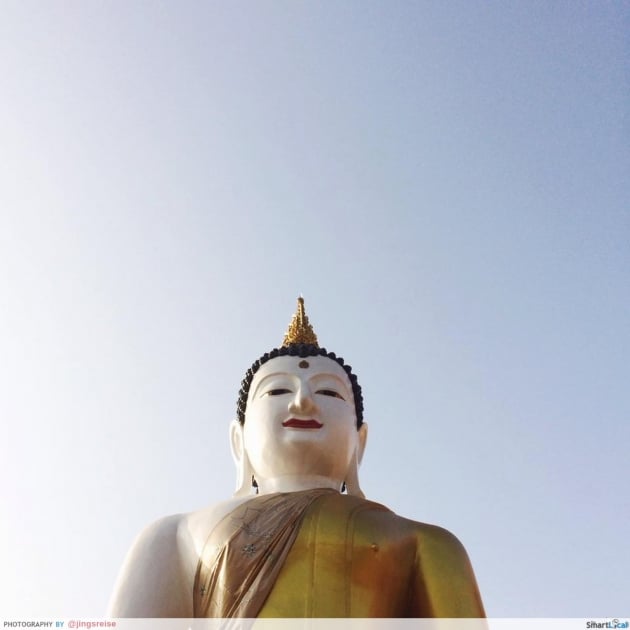 Wat PaHa Temple of Chiangmai
Wat PaHa Temple of Chiangmai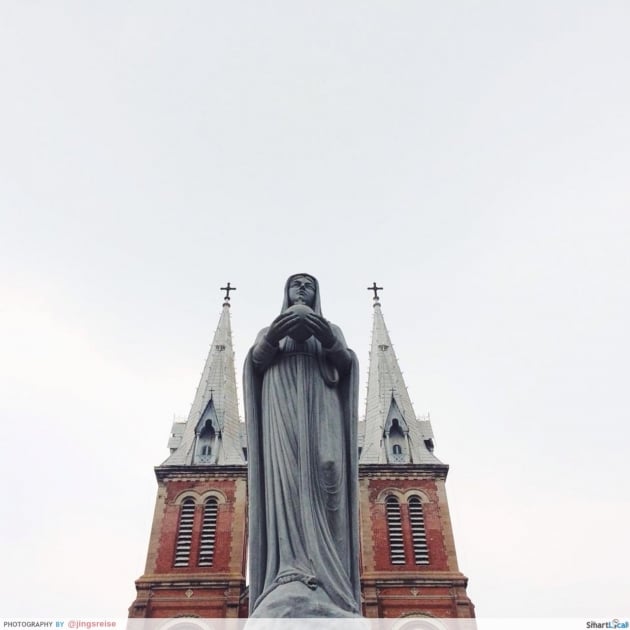 Saigon Notre Dame Basilica
Saigon Notre Dame Basilica
Flipping through your travel photos is the best way to relive your experience. Yes, you do not want to be the annoying tourist snapping at everything. But you would beat yourself when you realised you’re back home without enough pictures that do justice to the amazing trip you’ve just been on.
28. Back up your photos
Taking photos is one thing. Losing them is another. Make sure that never happens.
29. Take a break when you need to
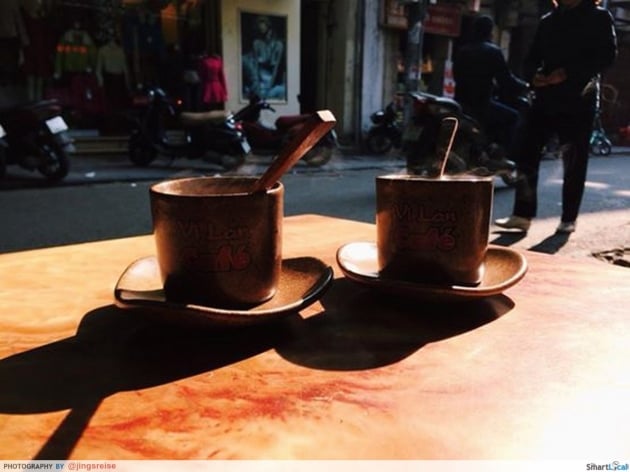 Coffee Break at Ham Tu Quan, Hanoi, Vietnam
Coffee Break at Ham Tu Quan, Hanoi, Vietnam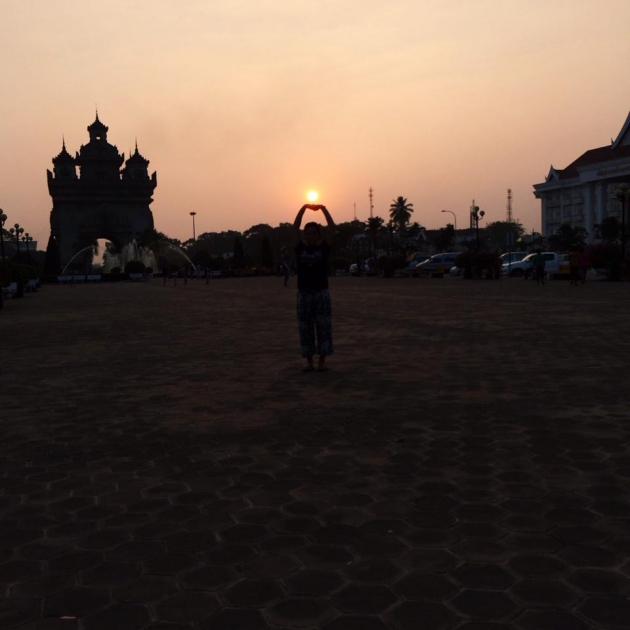 Capturing the sunset at Patuxai, Vientiane, Laos
Capturing the sunset at Patuxai, Vientiane, Laos
Trust your instincts; trust your heart. When you’re tired and just want to stay in, do it. If you have that inner urge to buy something, buy it. Travelling is not a competition for the number of attractions you check off; it’s journey of personal discovery.
Take a break whenever you need to. Catch a sunrise. Grab a cup of coffee to gather your thoughts. Travelling will help your understand yourself better.
30. Severe withdrawal symptoms will strike
 Coming home to Changi Airport to my best friend, my mother.
Coming home to Changi Airport to my best friend, my mother.
Backpacking may be the best travel adventure you ever experience. But let me warn you, withdrawal symptoms will be severe after a long time on the road. Ultimately, home is where the heart is.
Are you ready?
Whether you get your tips and knowledge from guidebooks, websites or first-hand experiences, these are the life lessons that will stay with you. After a 6 week-long backpacking trip around Southeast Asia, I felt myself growing into a better individual I am more in love with.
It’s a big playground out there – picturesque places, lovable people, food you’ll drool uncontrollably over and discovering the beauty of other cultures.
Start travelling.
I can read minds. You will also like:
|
|
|
|
